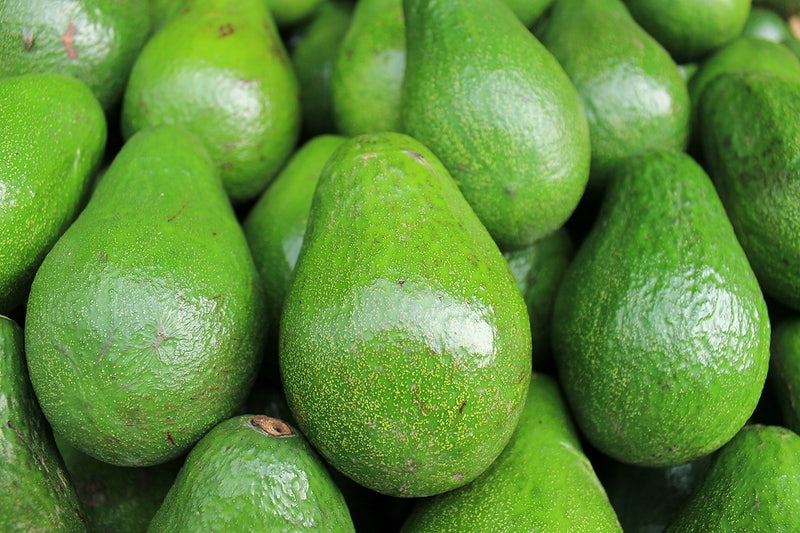
By George Munene
The price of bread is up Sh10 while that of a two-kilogram bag of wheat has risen by 25% from last year, hitting the Sh200 mark for the first time since 2018.
This provides an opportunity for farmers who grow wheat alternatives such as tubers to get their crops on more Kenyan tables.
Francis Faluma farms some 10 acres of arrowroots in Matungu, Kakamega County. While business is good, he forecasts heady times for his business.
“If wheat prices continue soaring, staples such as sweet potatoes, arrowroots, cassavas, and yams will come in handy for many Kenyan families,” he predicted.
The price of corn in the country has risen 47 per cent in the past year, while that of wheat is up 58 per cent. Kenya imports over 70 per cent of its wheat leaving it at the mercy of a global buyers market where prices are up 30-40 per cent for the year.
Related News: Maize production to stagnate as fertiliser prices rise & farmers find lucrative alternatives —USDA report
Related News: Kenya running out of maize & wheat stocks
Meanwhile, the price of arrowroots has held at Sh6,000 for a 90-100 kilogram bag for the better part of the year.
“Growing arrowroots also has the advantage of not requiring application of synthetic fertilisers,” he said.
The Russia-Ukraine conflict coupled with other external forces has spiked the cost of a 50-kilogram bag of fertiliser by 140 per cent to Sh6,000.
He cultivates his entire crop sorely on manure and organic foliar. As well as being healthy for consumers it also reduces production costs.
“Even with improved demand, the underlying production costs have remained the same meaning there isn't much of a need to raise prices and inconvenience consumers,” he said.
According to Kenya’s United Grain Miller’s Association, the country’s silos are almost out of maize while those of wheat can only last through September.
This week the government took the drastic step of granting cereal traders a waiver to import 540,000 metric tonnes of duty-free maize.
Related News: Russia's invasion of Ukraine to push fertiliser & food prices even higher
With the current high international prices, wheat manufacturers want the government to waive a similar 10 per cent levy on imported wheat under the duty remission scheme to arrest the current price surge of the grain in Kenya.
Root and tuber crops are important staple energy sources, second only to cereals in tropical regions of the world.
Write comment (0 Comments)
















